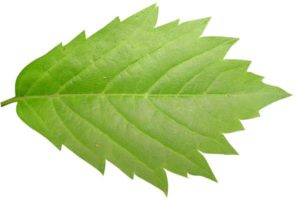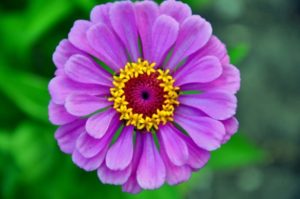NCERT Science Class-VI Chapter-7: Getting to Know Plants Solutions
Exercises
Q 1: Correct the following statements and rewrite them in your notebook.
(a) Stem absorbs water and minerals from the soil.
(b) Leaves hold the plant upright.
(c) Roots conduct water to the leaves.
(d) The number of petals and sepals in a flower is always equal.
(e) If the sepals of a flower are joined together, its petals are also joined together.
(f) If the petals of a flower are joined together, then the pistil is joined to the petal.
Ans:
(a) Roots absorbs water and minerals from the soil.
(b) Stem hold the plant upright.
(c) Stem conduct water to the leaves.
(d) The number of petals and sepals in a flower is not always equal.
(e) If the sepals of a flower are joined together, its petals are separate and not joined together.
(f) If the petals of a flower are joined together, then the pistil is not necessarily joined to the petal.
Q 2: Draw (a) a leaf, (b) a taproot and (c) a flower, you have studied for Table 7.3.
Ans:
(a) a leaf

(b) a taproot

(c) a flower

Q 3: Can you find a plant in your house or in your neighborhood, which has a long but a weak stem? Write its name. In which category would you classify it?
Ans: Money Plant has a ling but weak stem. It is a climber.
Q 4: What is the function of a stem in a plant?
Ans: Functions of stem in a plant:
- It holds the branches, leaves, flowers and fruits.
- The stem transports water and minerals from roots to the upper parts.
- It also transports the prepared food from leaves to other parts.
Q 5: Which of the following leaves have reticulate venation?
Wheat, tulsi, maize, grass, coriander (dhania), China rose
Ans: Tulsi, Coriander (Dhania) and China rose.
Q 6: If a plant has fibrous root, what type of venation do its leaves likely to have?
Ans: Parallel venation.
Q 7: If a plant has leaves with reticulate venation, what kind of roots will it have?
Ans: Taproot.
Q 8: Is it possible for you to recognize the leaves without seeing them? How?
Ans: Yes. We can identify the type of leaves by looking at its roots. Plants having leaves with reticulate venation have tap roots while plants having leaves with parallel venation have fibrous roots.
Q 9: Write the names of the parts of a flower.
Ans: The parts of a flower are sepals, petals, stamens and pistil.
Q 10: Which of the following plants have you seen? Of those that you have seen, which one have flowers?
Grass, maize, wheat, chilli, tomato, tulsi, pipal, shisham, banyan, mango, jamun, guava, pomegranate, papaya, banana, lemon, sugarcane, potato, groundnut
Ans: We have seen the following plants:
Grass, maize, wheat, chilli, tomato, tulsi, pipal, banyan, mango, jamun, guava, papaya, banana, lemon, sugarcane, potato.
The following plants are having flowers:
Maize, wheat, chilli, tomato, tulsi, pipal, shisham, banyan, mango, jamun, guava, pomegranate, papaya, banana, lemon, potato.
Q 11: Name the part of the plant which produces its food. Name this process.
Ans: Leaves produce food for plant with the process of photosynthesis.
Q 12: In which part of a flower, you are likely to find the ovary?
Ans: Ovary is located in the lowermost and swollen part of the pistil of flower.
Q 13: Name two flowers, each with joined and separated sepals.
Ans:
Plants with joined sepals: Datura and Tomato flower.
Plants with separated sepals: Lotus and Rose.
class vi science solutions
class vi science book solutions
class vi science mcq solutions
class vi science ncert solutions
